
June 16, 2011
Make/Do
The curious problem of the relationship between Sanjaya Malakar, Marc Newson and Marcel Duchamp.
“Vainglory,” an anachronistic term meaning an unjustified and excessive pride in one’s own achievements or abilities is one of the primary forces animating and shaping contemporary culture. The phenomena that is American Idol owes its considerable popularity both to its role in discovering legitimate, almost freakishly superhuman singing skill, but also as a window into contemporary culture’s vainglorious soul. From William Hung to Sanjaya Malakar, to the multitudes of nearly nameless aspiring Beyoncé imitators, American Idol draws a large measure of power from the vainglorious displays of the painfully talentless. A critical component of the show’s success resides in early rounds marked by limitless displays of stupefying arrogance by countless untrained, unskilled and unaware contestants. Like throwing Christians before lions, the deliciously evil pleasure of reveling in another’s misery may temporarily slake the thirst of the populace, but it’s also a horrifying look behind the veil at the monstrous face of Mediocrity itself.
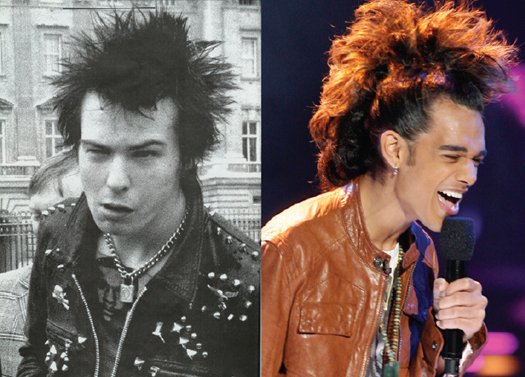
Sid Vicious and Sanjaya Malakar
Vainglory is the symptom, mediocrity the disease.
Whereas historically, bravado has been the parasitic twin of bell curve-busting skill, American Idol provides a clear view of an historical value inversion. We now find ourselves living in a culture that has so thoroughly jettisoned any concern for craft (more accurately “Techné”) that the display of bravado comes before, and in spite of, the act of mastery. The issue is at best inconsequential if we’re concerned only with the condition of pop music in 2011. But we’re not. American Idol is an exceedingly easy target serving a rhetorical end, and as such it is a powerful display of our social mores.
The conversation becomes exponentially more difficult, but no less horrifying, when we broaden the cultural terrain to include the role of Techné in (nearly) all aspects of culture today. By drawing a line from Marcel Duchamp’s Readymades (1915) to Andy Warhol’s Brillo Boxes (1964), then Gabriel Orozco’s Empty Shoebox (1993) to Rachel Harrisons’ Huffy Howler (2004), we find what began as a radical counter-cultural concern for the conceptual (in opposition to the technical) has shifted over time from a vanguard oppositional position, into farcical status quo. We also find the institutionalization of critique supplant the real thing — genuine opposition. We could find a similar tectonic shift at work by tracing a line from Hugo Ball and the Cabaret Voltaire to the Sex Pistols, through Sum 41 and on to Sanjaya Malakar.
Techné in Cultural Production, chart by Elliott Earls, 2011
Put simply, in 1915 Duchampʼs Readymades eschewed facility, craft, mimesis, and technique and were a radical palliative to stultified notions of technique, craft, skill and “art.” The further we track the arc of this argument back in time the more radical, relative to mass-culture, the work becomes. The important point here is that Duchampʼs Readymades, or Ballʼs work at the Cabaret Voltaire, suggest possibilities unassimilated by mass-culture. Well, things have changed. Orozcoʼs Empty Shoebox, Harrisonʼs Huffy Howler and countless other examples are merely masquerading as radical. They are indeed the kind of work that would elicit howls of protestation from red-meat middle American soccer dads; “You call that Art? My three-year old could do better!” Even though the ability to illicit scorn and derision from middle-America is often used as proof of artistic merit, these works are not radical. They are anti-radical.[1] Ironically despite the protestations of our fictional soccer dad, and unlike work by Duchamp or Warhol, these works perfectly reflect middle-American values. In fact Orozcoʼs early work and Harrisonʼs Huffy Howler, not unlike the legions of aspiring American Idol contestants, actually buttress the contemporary disdain for facility, skill, craft, technique and critique. Rather than representing oppositional cultural practices, these artists inhabit a cooperative position in allegiance with dominant social mores. The fact of the matter is that Skill is just simply too damn hard! [2]
The irony of this should not be lost. As we track the increasing momentum of postcolonial/postmodern thought and the proliferation of subject positions available to practicing artists, we are also tracking the increasing complicity of artists and designers in the dominant social program. Although it may seem that Iʼm focusing on the end result (the products and the forms), at the expense of a discussion of the underlying theoretical framework that enabled these positions, Iʼm actually attempting to point directly at them (the frameworks and the results). In that process, it’s my intent to raise difficult questions regarding artistic agency in contemporary culture.
Holland Cotter, in a review entitled “Slicing a Car Fusing Bicycles and Turning Ideas Into Art,” describes Orozcosʼ Empty Shoebox as “a single empty cardboard shoebox left on a gallery floor. This was a perfectly judged gesture: commanding in its modesty, vulnerable in its openness, and obliquely critical. Intended as a sly reference to the cramped exhibition quarters heʼd been allotted, the piece might also be read as a comment on the scant room given to Latin American artists in history.” [3]
The piece might be read this way; or, the piece could be read this way. But there is also the distinct possibility that this reading is an inversion and a justification. And even though both of these works may accurately reflect the “unmonumental” [4] impulse within contemporary art, that donʼt make it important. As a matter of fact, it may even render these works unimportant.
So what’s the problem?
The challenge of “Evaluation” is a particularly difficult issue in the cultural shitstorm of mediocrity that is 2011. Stable criteria for the evaluation of works of art, for good reason, are nearly impossible to establish. Thinking beyond the simple binary of good/bad, a far more productive way of trying to understand the value of this type of work deals with the issue of fecundity. Is the work fecund? Is the work in question fertile? Does the work establish a rich cultural terrain able to produce and to sustain numerous offspring? This is a wholly different question than is a work “good?” A work can be both “good” and “unimportant.” A work can also be both “bad” and “important.” [5] Duchampʼs Readymades, from the perspective of any number of traditional criteria, may in fact be bad, but there is simply no doubt that they were/are critically rich, deeply important work. In a word, fecund. However, the cultural context shifted before, during and after the creation of these specific works by Orozco and Harrison. These works are progeny not progenitor. The pendulum has swung and just like city-slicker artists, contemporary culture — with its emphasis on “user-generated content,” “crowd sourcing” and other anti-professionalist forms of cultural production — have little use for Techné. [6]

Rachel Harrisonʼs Huffy Howler (2004), and Gabriel Orozcoʼs Empty Shoebox (1993)
What’s at Stake?
The real issue here is far from a light conversation concerning the merits of either Sanjaya Malakar or Gabriel Orozco. Iʼm sure Malakar is a wonderful person, and itʼs clear he possesses enormous charisma. And both Orozco and Harrison are artists well worth discussing. The real issue is what the aforementioned work tells us about our cultural values from both a pop cultural and a critical cultural perspective. The real issue concerns the diminished role of Techné within nearly all aspects of contemporary humanities from Youtube to the Venice Biennale. The real issue is the suggestion that radical, truly critical, fecund and important work within the humanities might necessarily lead back to a genuine concern for Techné. The real issue is the disturbing complicity with the larger cultural program of Mediocrity displayed by “artists” of every stripe. Whatʼs at stake is not a simplistic call for a return to “craft.” This too leads us nowhere. In the full measure of its meaning, Techné is a means to an end, not an end in itself.
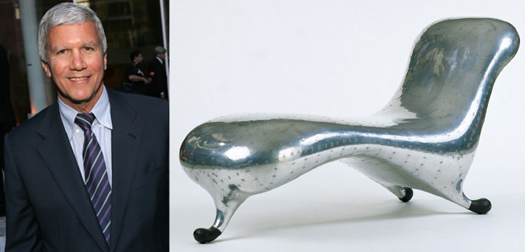
Larry Gagosian, and Lockheed Chaise Lounge (1986 ) by designer Marc Newson
I need a hero… Now for the suckerpunch.
In an article discussing the “design-art” market in relation to both designer Marc Newson and king-pin Larry Gagosian, Alice Rawsthorn suggests that “Throughout the 20th century, artists abandoned expressions of beauty to explore political and social concerns. Many delegated the production of their work to concentrate on its conception, like designers. Design changed too. Technology enabled designers to usurp the artistic role of creating beauty — it’s hard to beat an iPod for sheer lusciousness — and to exercise greater control over production. The end result is a purer expression of their vision.” Rawsthorn goes on to state “Art and design are increasingly intertwined. Artists like Thomas Demand, Liam Gillick, Jorge Pardo and Andrea Zittel explore the material culture of design.” [7]
In the end is this a simplistic call for a return to design process, methodology and history? Should Marc Newson be our hero? Is his 1986 Lockheed Chaise Lounge, which sold at auction for $968,000, the obsessive virtuosic exemplar of Techné in contemporary design/art that this essay so desperately needs for its cathartic ending? Is Marc Newsonʼs design practice, and his products, a constructive model poised to rectify society’s ills? Far from it. I wish it were only that simple. Undoubtedly Marc Newson makes beautiful, compelling and well-crafted work. However, in a Platonic conception of Techné, itʼs clear that the goal of a craft is is not craft itself. [8]
Thus, the real issue is the disturbing complicity with the larger cultural program of vainglorious Mediocrity displayed by “artists” of every stripe. Clearly this implicates designers as well, but possibly from the other side of the coin. [9] Consider the problem of “evaluation” again for a moment. As in all forms of art, “fecundity” should be the issue. The potential, difficulty and richness of these questions are far more important than any answers they pose.
Make/Do is the theme of DesignInquiry 2011 on Vinalhaven Island, Maine.
1. Deborah Sontag addresses the context for Orozco’s early work: “At that point, after the crash of the 1980s art-market boom, Ms. Temkin said, there was ‘a real disgust with art that looked expensive and monumental.’ This created a particular receptivity for, as Mr. Orozco put it, ‘a young rebel from abroad’ who, reacting against what he called the 1980sʼ decadence, was experimenting with understatement.” While it is important to acknowledge this context, this may simply underscore the idea that this work inhabits a cooperative position in alignment with dominate social mores. Deborah Sontag, “A Whale of a Return to MoMA.” The New York Times, December 11, 2009.
2. Deborah Sontag adds: “In a similar spirit the MoMA show followed, and then an exhibition at Ms. Goodmanʼs gallery in which Mr. Orozco, in Yogurt Caps, pinned four transparent Dannon yogurt lids to the walls of a bare room.” Deborah Sontag, “A Whale of a Return to MoMA.” The New York Times, December 11, 2009.
3. “Dodging commitments to mediums or styles, he took improvisation as his baseline method, and turned personal quirks into assets. Studios made him antsy, so he did without one. Instead he wandered, poked around, made art from what he found, often where he found it. Sometimes he created, added to or tweaked a situation. He photographed the results: a mist of warm breath on a dark wood surface; a pattern of circles traced by wet bicycle wheels; oranges, like little celestial bodies, placed, one per table, on a receding line of tables in a outdoor market.” Holland Cotter, “Slicing a Car Fusing Bicycles and Turning Ideas Into Art.” The New York Times, December 13, 2009.
4. Unmonumental was a 2008 exhibition at the New Museum “about fragmented forms, torn pictures and clashing sounds. Investigating the nature of collage in contemporary art practices… Unmonumental also describes the present as an age of crumbling symbols and broken icons.” The exhibition featured work that had “a distinct informality: conversational, provisional, at times even corroded and corrupted,” work that was ”un-heroic and manifestly unmonumental.”
5. Arguably the Sex Pistols are “bad,” but very important. Inarguably Sanjaya Malakar is “bad” and very unimportant.
6. “Goethe would argue “’The artist who is not also a craftsman is no good; but, alas, most of our artists are nothing else.ʼ Earls would argue that, ‘alas, most of our artists are neither craftsmen nor artists.’” — Joshua Ray Stephens.
7. Alice Rawsthorn, “The Designer Newson Teams Up with Gagosian Gallery — Style & Design.” The New York Times, January 21, 2007.
8. Plato. Ion (535-538).
9. Extrapolating on this idea, isnʼt the necessary implication that Orozco, Harrison and Newson are “Mediocre?” No, Orozco, Harrison and Newson are worthy of close scrutiny precisely for what their work tells us about our culture. The fundamental premise of critique is that all work can be called into crisis. The Techné of criticism involves finding fault lines within all work in an attempt to build a kind of feedback loop between Episteme (the domain of “knowledge”) and Techné (the concern of “craft”) in order to make better work. So if a primary criterion of an artworkʼs merit is fecundity, (and the author feels) that this essay raises difficult issues that are engendered by the work of these three artists, does that mean ipso facto that the artworks in question are fecund?
Observed
View all
Observed
By Elliott Earls
Related Posts
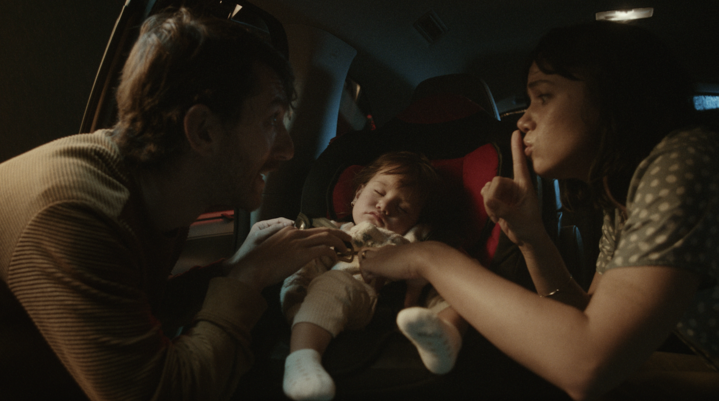
Business
Kim Devall|Essays
The most disruptive thing a brand can do is be human
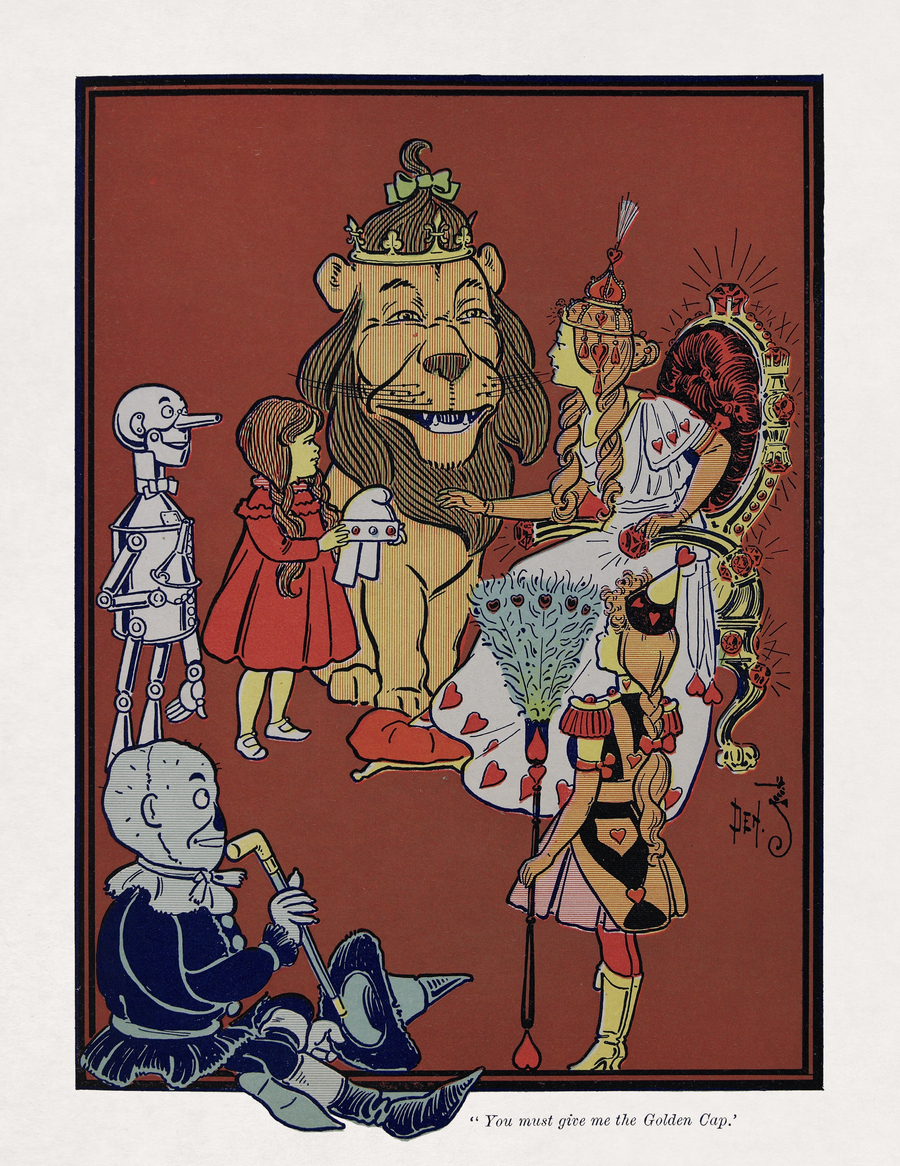
AI Observer
Lee Moreau|Critique
The Wizards of AI are sad and lonely men
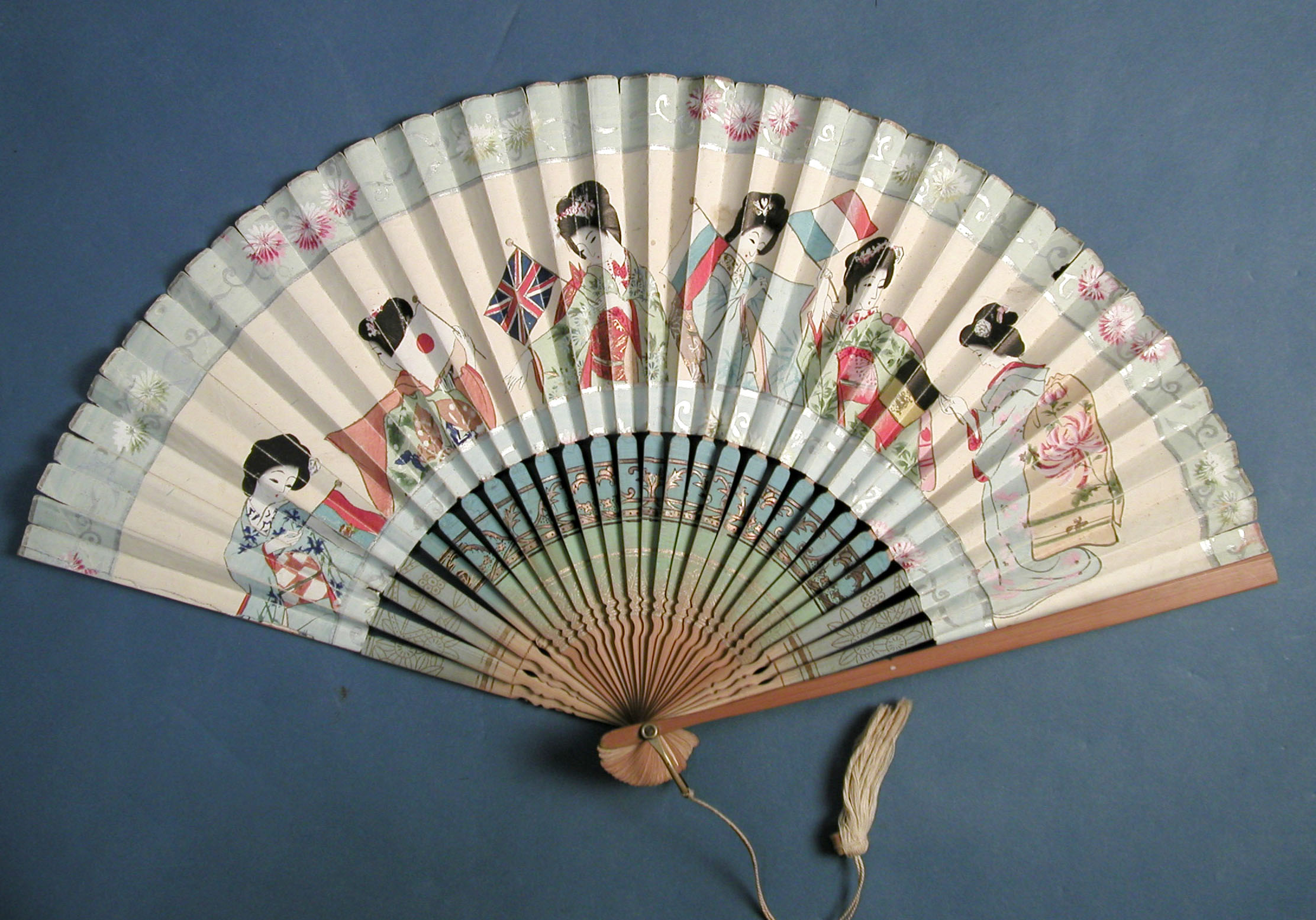
Business
Louisa Eunice|Essays
The afterlife of souvenirs: what survives between culture and commerce?

Architecture
Bruce Miller|Essays
A haunting on the prairie
Related Posts

Business
Kim Devall|Essays
The most disruptive thing a brand can do is be human

AI Observer
Lee Moreau|Critique
The Wizards of AI are sad and lonely men

Business
Louisa Eunice|Essays
The afterlife of souvenirs: what survives between culture and commerce?

Architecture
Bruce Miller|Essays

 Elliott Earls is a designer, performance artist and musician. Earls’ hybrid multimedia work blurs distinctions between high and low, performance and object, design and art. Earls is currently Designer-In-Residence and head of the graduate graphic design program at Cranbrook Academy of Art.
Elliott Earls is a designer, performance artist and musician. Earls’ hybrid multimedia work blurs distinctions between high and low, performance and object, design and art. Earls is currently Designer-In-Residence and head of the graduate graphic design program at Cranbrook Academy of Art.